The history of journaling dates back to the Han dynasty — and possibly even farther.
Have you ever been so overwhelmed with emotion that it bubbled up from deep inside and completely overcame you? Has anger ever welled up inside so intensely that your face flushed, your muscles hurt, and your skin was on fire?
Was there ever a time when you took those feelings, sat down, and wrote them down? And then suddenly, like a cool ocean wave flooding a parched desert, relief engulfed your whole body. It felt so good to express yourself and get that out.
One more question:
Have you ever found a journal that you (or someone you love) wrote years ago?
You sit down to read, and the rest of the world slips away. There is only you and the writing. The scenes take you back in time, and you experience something that you had long forgotten. If you've ever found a grandparent's letter, you entered their world and saw through their eyes. You experienced an event that may have taken place half a century ago.
That is the power of a journal.
Journaling Bridges Millennia
People have been inscribing their sentiments, ideas, and reactions in diaries and journals for millennia. From the greatest rulers to the most obscure commoners, journals have captured the experiences of people across the globe for thousands of years.
Nearly 2,000 years ago, Ma Dubo (马笃伯) recorded his ventures as he trekked from the capital city of Luoyang to the legendary mountain, Mount Tai. He journeyed far to perform a ritualistic offering for the emperor. His daily diary provides insight into how ordinary people lived and thought. At the time, the emperor was the only purveyor of truth and history. Ma Dubo's writings shed light on this tenebrous aspect of ancient Chinese society.
 The distinguished Roman emperor Marcus Aurelius penned his deepest thoughts in a 12-book journal collection in 167 A.D. He titled his entries "Things to One's Self" (Greek translation), but we know them today as Meditations. His insights, experiences, and perspective have taught and inspired countless people through the ages.
The distinguished Roman emperor Marcus Aurelius penned his deepest thoughts in a 12-book journal collection in 167 A.D. He titled his entries "Things to One's Self" (Greek translation), but we know them today as Meditations. His insights, experiences, and perspective have taught and inspired countless people through the ages.
 More than 800 years later, across the Sea of Japan, the humble wife of Fujiwara no Kaneie detailed the daily travails of life as a woman living amongst the Japanese Heian court. Known only as Michitsuna no Haha, or "Michitsuna's mother", she meticulously left behind a diary describing her loneliness, her abyssal grief at the loss of her beloved mother, and the sheer joy she felt when celebrating the successes of her son. She composed her journal, Kagerou Nikki ("Dragonfly Diary") around 974 A.D. and her perspective still impacts hearts and minds today.
More than 800 years later, across the Sea of Japan, the humble wife of Fujiwara no Kaneie detailed the daily travails of life as a woman living amongst the Japanese Heian court. Known only as Michitsuna no Haha, or "Michitsuna's mother", she meticulously left behind a diary describing her loneliness, her abyssal grief at the loss of her beloved mother, and the sheer joy she felt when celebrating the successes of her son. She composed her journal, Kagerou Nikki ("Dragonfly Diary") around 974 A.D. and her perspective still impacts hearts and minds today.
English naval administrator Samuel Pepys fastidiously recorded his daily life in a tome comprising over a million words and a ten-year span. His honest and frank depiction of his strengths and weaknesses, as well as what life was like in 17th-century England from 1659-1669 A.D., enlightens contemporary historians and readers. Through his eyes, we get to experience the Great Fire of London, the effects of the plague, and the glorious coronation of King Charles II.

A Personalized Leather Journal Converts the Mundane into the Extraordinary
Have you ever moved? In preparation, you probe the forgotten nooks and crannies of your home and discover belongings you haven't seen in years.
Imagine, if you will, what happens when you get ready to move to a new apartment. You begin to explore the hidden recesses of rarely-used rooms. Suddenly, a broken, tattered cardboard box sitting at the bottom of a pile of clothes catches your attention. You unbury it, reach in, and discover a tattered green spiral notebook.
You remember!
Many years ago, you used to sit in bed every night and pour all of your angst and all of your joys into this flimsy little notebook. Several years' worth of long-forgotten memories are locked inside this weak, worn, and forlorn notebook.
Water stains cover a third of each page, blurring the ink. The cover is ripped and crumpled. If anyone else had found it, surely, they would have immediately tossed it in the trash without a second thought.
Now imagine the same scenario, but instead of the raggedy green notebook, you reach in and discover a monogrammed leather journal.
As you lift it, its heft corroborates its importance. The redolent scent of old leather evokes a pining nostalgia for bygone encounters. The smooth curves of the monogrammed cover boldly announce that you are the proprietor of this journal. The sturdiness suggests that future generations will access and glean insight from your experiences.
Personalized leather journals have been popular for centuries. Europeans favored monogrammed journals and diaries hundreds of years ago as the preferred method of recording their dreams, aspirations, and goals. Early American settlers cherished them as well. Several of the greatest explorers in history used personalized leather travel journals to record some of the riskiest ventures in history.
The Exquisite Craftsmanship of Florentine Leather Has Been Enhancing Journals Since the Renaissance
Throughout the ages, sages and commoners alike have penned their perspectives in a multitude of mediums. While the ancients inscribed their thoughts into stone, clay, or on papyrus, others have laboriously penned their musings on paper or silk. Nowadays, plenty of digital methods allow anyone to journal quickly and easily.
Leather journals are the crème de la crème, however, and Italian artisans have been producing the world's finest, hand-crafted leather for centuries. Italy produces over two-thirds of all leather in Europe, and Florence has some of the most talented leather artisans anywhere. Florentine leather smiths have been creating the finest leather journals and other leatherware since before the Renaissance.
Florentine leather smiths possess unrivaled skills, and they craft some of the most amazing and exquisite leather handiwork available anywhere. In Medieval Italy, guilds protected the confidential techniques used to produce the highest-quality leathers. Families tightly guarded these covert procedures and passed them down from generation to generation.
Florentine leather undergoes a rigorous process to ensure it is supple, durable, and flawless. Trained leather masters scrupulously select animal hides before implementing a proprietary sanding process. Even the tiniest imperfections are removed. They carefully process the hides with a traditional vegetable tanning technique. Skilled artisans who have spent years mastering the art of leatherworking then hand-craft the leather.
Owning a treasured Florentine leather journal is akin to possessing hundreds of years' worth of history and craftsmanship. The smooth, supple texture and the delicate aroma fill the senses. The leather journal imparts potency and intensity to the thoughts contained within.
Journals are Used Extensively Today
In our modern world, journals are used extensively by a wide array of people. Artists, journal lovers, authors, songwriters, journalists, screenwriters, and personal-development devotees all employ the convenience and power of journaling.
A large body of scientific work demonstrates a myriad of mental and physical benefits that can result from regular journaling. A UCLA study found that writing about our feelings dampens activity in the amygdala part of the brain, allowing us to regulate emotions more effectively and feel happier.
Researchers in New Zealand found that journaling can help the body heal faster, and a 2005 study demonstrated that writing about emotions can make us less likely to fall ill and buffer us from the stress of life's traumas. Other researchers have revealed that journaling can strengthen T-lymphocytes, a crucial part of the immune system, and decrease the symptoms of asthma and rheumatoid arthritis.
Journaling puts you in a populous group of famous journalers. Albert Einstein, Leonardo Da Vinci, Thomas Edison, Charles Darwin, Marie Curie, and countless others have relied on their journals to record and ruminate on their experiences and ideas. Journaling isn't just good for the body. It's medicine for the mind and soul, as well.
Even though digital journals are available today, traditional pen and paper journals prevail. Perhaps nostalgia drives them to continue this ancient craft or prefer a classic leather journal with hand cut pages instead of a common one. For some, the therapeutic tactile aspect of writing down their thoughts in a tangible manner soothes the soul. Writing words on paper lends permanence and solidity that digital formats simply can't supply.
The Bullet Journal Redefines Journaling
Millennials have adopted the habit of journaling, too. Bullet journals are popular as they provide a convenient, quick, easy-to-use method of recording thoughts and events. Ryder Carroll, a digital product designer, created the Bullet Journal in 2013 as an opportune way to track the past, organize the present, and plan the future.
The main structure of the bullet journal is, of course, bulleted lists. Bullet journalers use "rapid logging", which simply means that you quickly notate an event and then categorize it as an event, a note, or a task.
You mark each entry with a brief mark to categorize it. For instance, you mark a task with a dot, a note gets marked with a dash, and an "o" marks an event. There are other symbols to add to denote whether you've acted on a bullet, moved it, or scheduled it.
Journaling is a practice that enables you to improve every aspect of your life and leave your legacy for future generations. Monogrammed journals and diaries create elegance and personalize your unique journal.
If you are interested in starting your own journaling experience, here are some custom journals that can help you record your thoughts and transform your life.
*Submitted by Michele Swensen. With a B.S. from Kent State University in Zoology/Pre-Medicine, she has been building websites, blogging, and doing freelance writing for almost 10 years.
**Cover image from The Artistic Adventure of Mankind
Before you leave, check out these journal options!
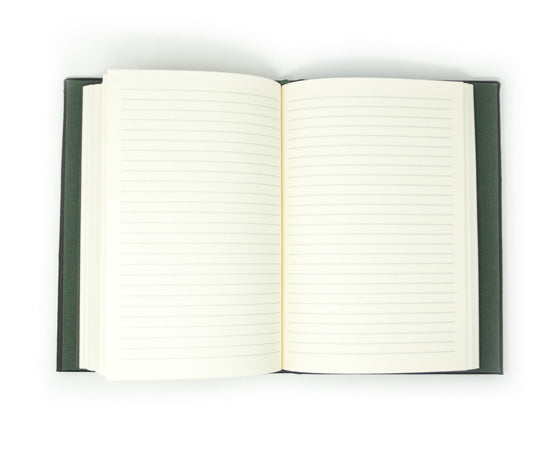
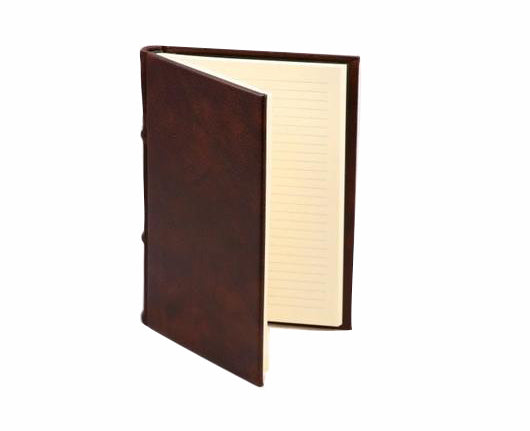
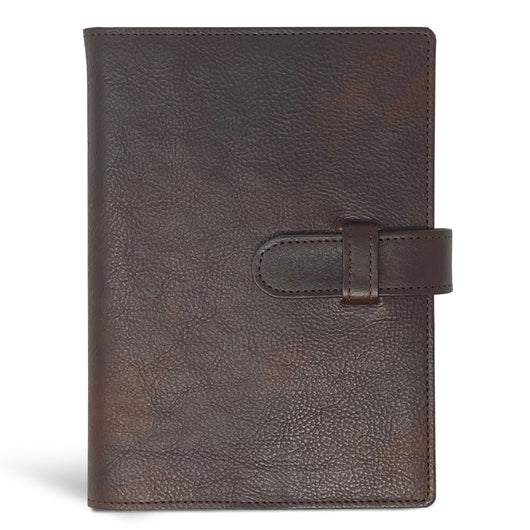






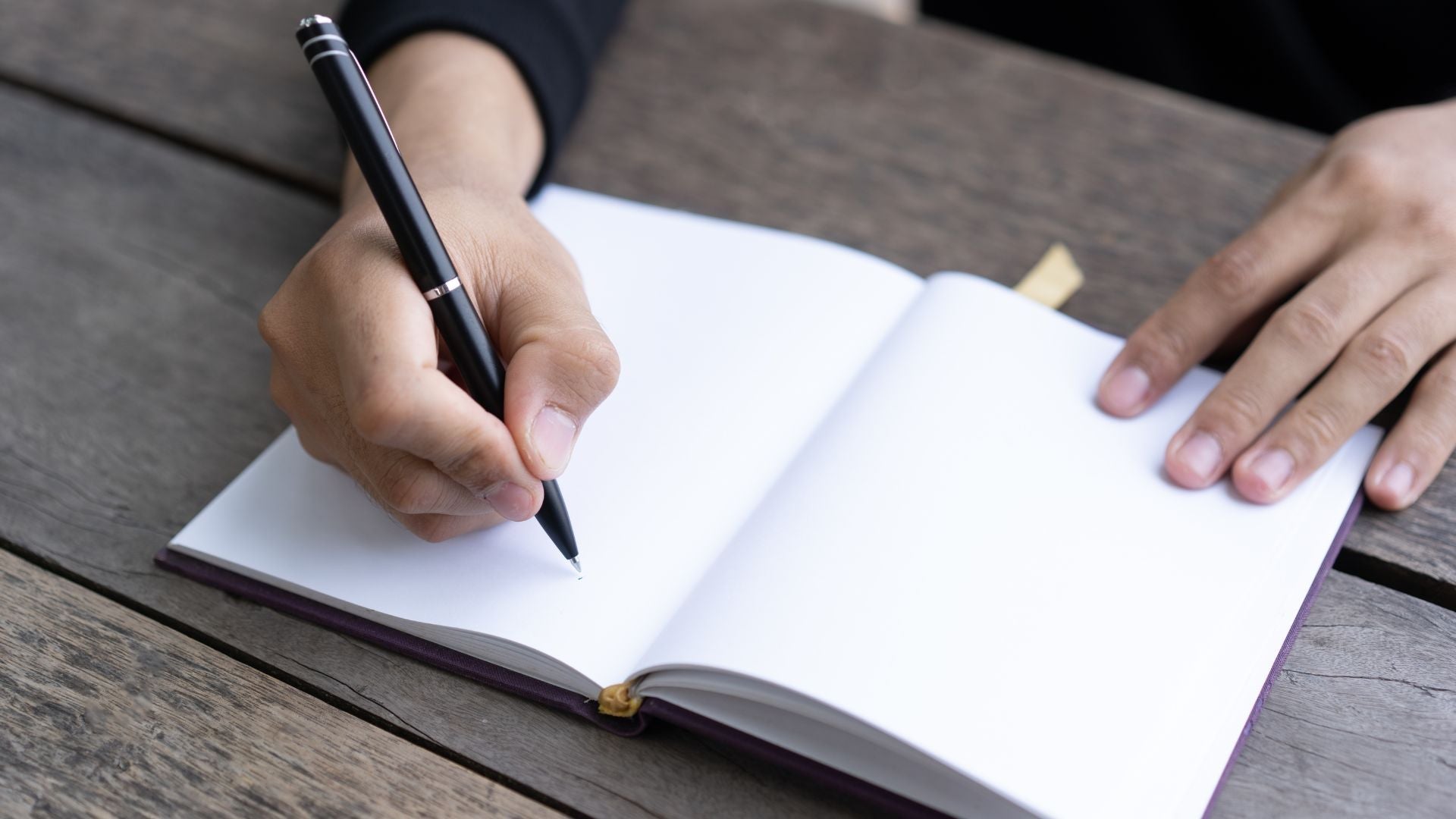

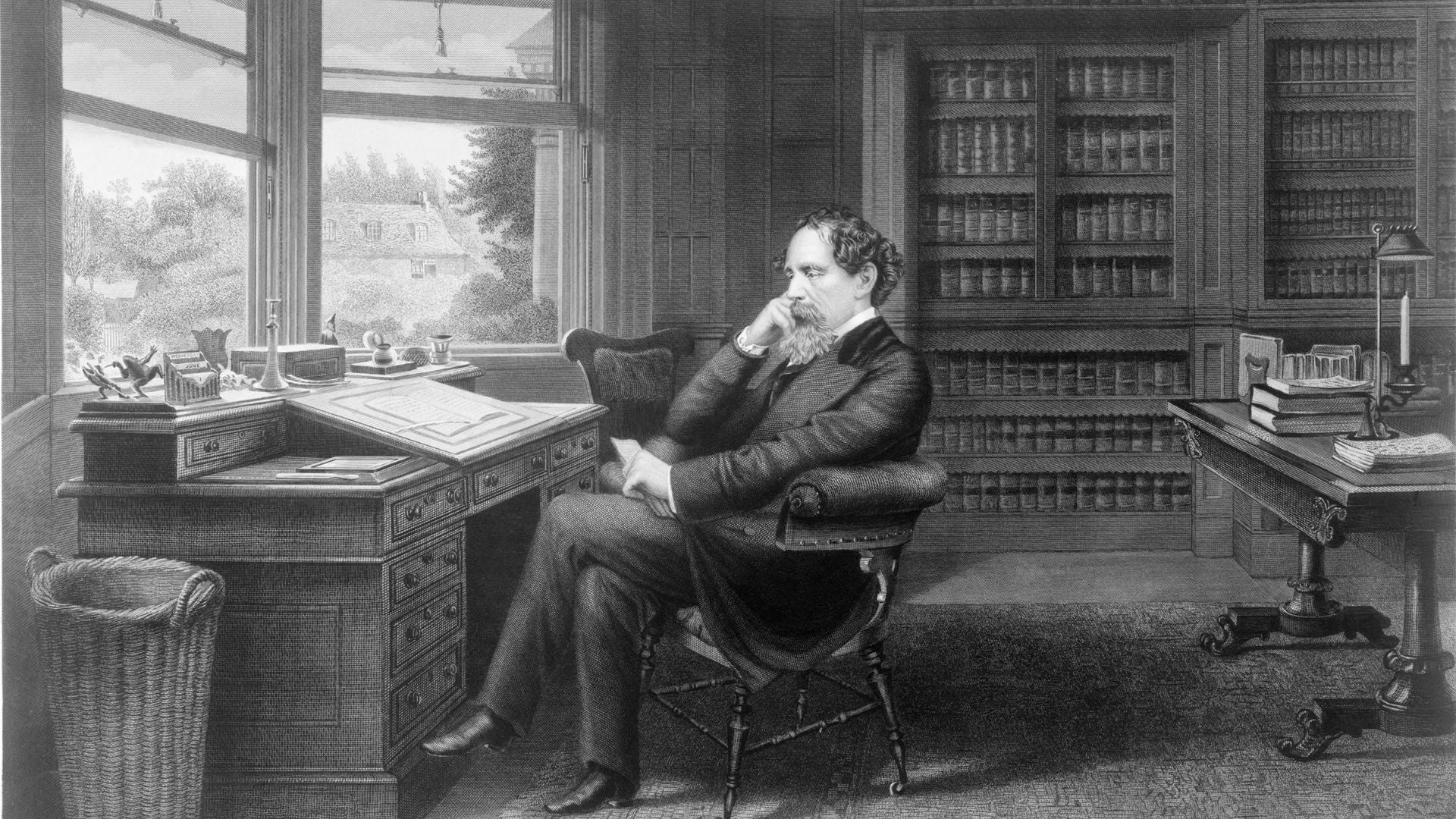
5 comments
Sharmini Jayawardena
Reading about the history of journaling, was enlightening indeed. Something I wanted to find out since embarking on making my own journals and also keeping journals. Thank you very much for this information.
Shira
It should be noted that some people get intimidated by fancy, pricy products, even more so if it’s a gift. I am not one of those people. I want one of the 1000 page leather journals desperately and hope to purchase it at a milestone in my life in a few years. As much as I want to use it as a journal, maybe a long-term focus on a passion would be better, like a collection of knowledge. Can you imagine lugging a box of epica journals to an apartment? But one…. I go through multiple general journals a year, and it adds up…if I were a millionaire I’d love a room of these books all on shelves around me though.
Ginnie Daugherty
I am interested in learning more about Ma Dubo but I can’t find anything beyond the same few sentence on two or three web sites. Is there an English translation of his travel writing? Are his writings on parchment or paper? Are they in a library or a museum?
Thank You,
Ginnie Daugherty
zowie
The article is about journaling and how it can help with your stress and worries and people have been doing it for centuries.
Michael Allan
I enjoyed reading this well written piece. As a writer who has written many journals over the years, your article speaks to me. There is something special about putting something together that is written or drawn by someone from the eye, to the heart and by the hand. Years later someone will discover an old leather journal and read something written long ago that is beautiful and timeless. Thanks.